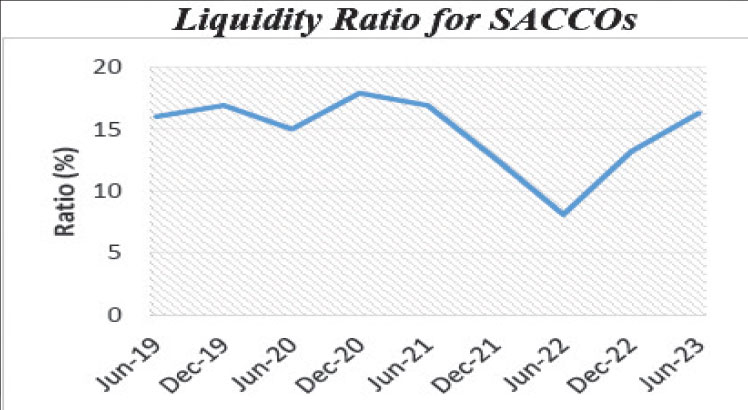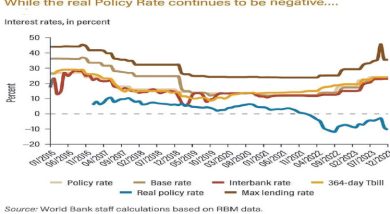Microfinance sector in mixed fortunes
The Reserve Bank of Malawi (RBM) says despite registering steady growth in assets and strong earnings in the first half of this year, the microfinance sector posted mixed results.
Data contained in the latest RBM Financial Stability Report shows that during the period, assets for non-deposit taking microfinance institutions increased by 14.7 percent to K37.1 billion whereas those of deposit-taking microfinance institutions jumped by 27.3 percent to K76.5 billion.
The report further indicates that both deposit-taking microfinance subsector and non-deposit taking ones were stable during the review period as both earnings and asset quality improved.
Reads the report in part: “Credit risk remained high in the sector due to high levels of non-performing loans.

“The increase in non-performing loans was due to lagged effects of the lean period coupled by effects of inflationary pressures, which negatively affected businesses.”
The RBM said the microfinance institutions continued to face interest rate risk derived from fixed lending rates against floating borrowing rates from commercial banks.
The data, however, shows non-performing loans under the deposit taking microfinance sector increased by 6.7 percent to K2.1 billion with gross loans registering a relatively higher increase than the growth in non-performing loans.
Commenting on the report yesterday, Malawi Union of Savings and Credit Cooperatives chief executive officer Fumbani Nyangulu said that bad loans have affected microfinance institutions.
He said: “While it was expected that the harsh economic environment would negatively affect savings and credit cooperatives, the fact is that our operations have been affected specifically in terms of liquidity due to the bad loans.
“We have, however, adopted coping mechanisms which among others include switching to short and medium-term loans from long-term loans .”
Meanwhile, RBM Governor Wilson Banda has indicated that the central bank will continue to work closely with microfinance institutions and take some supervisory actions to mitigate the liquidity risks.





